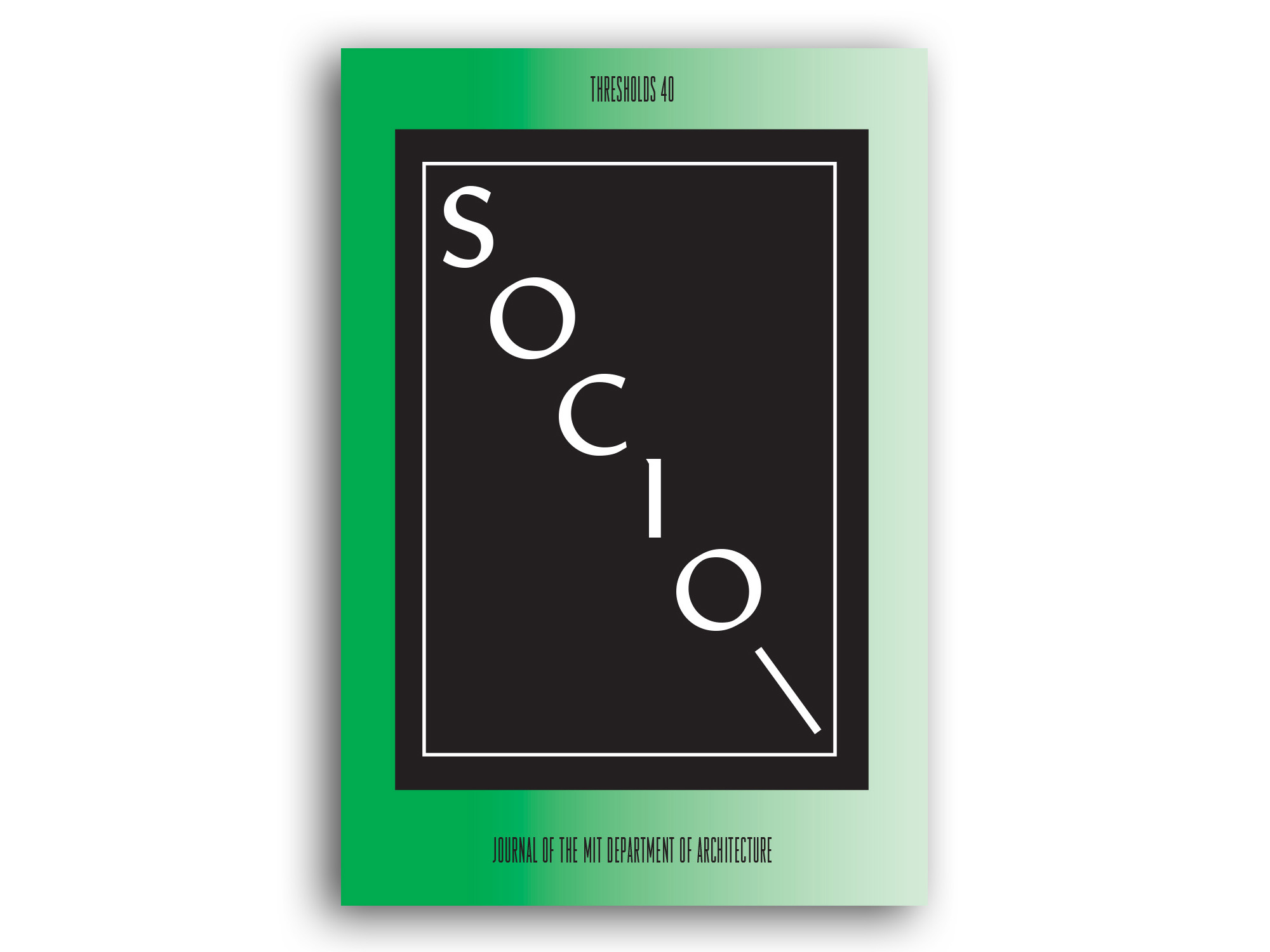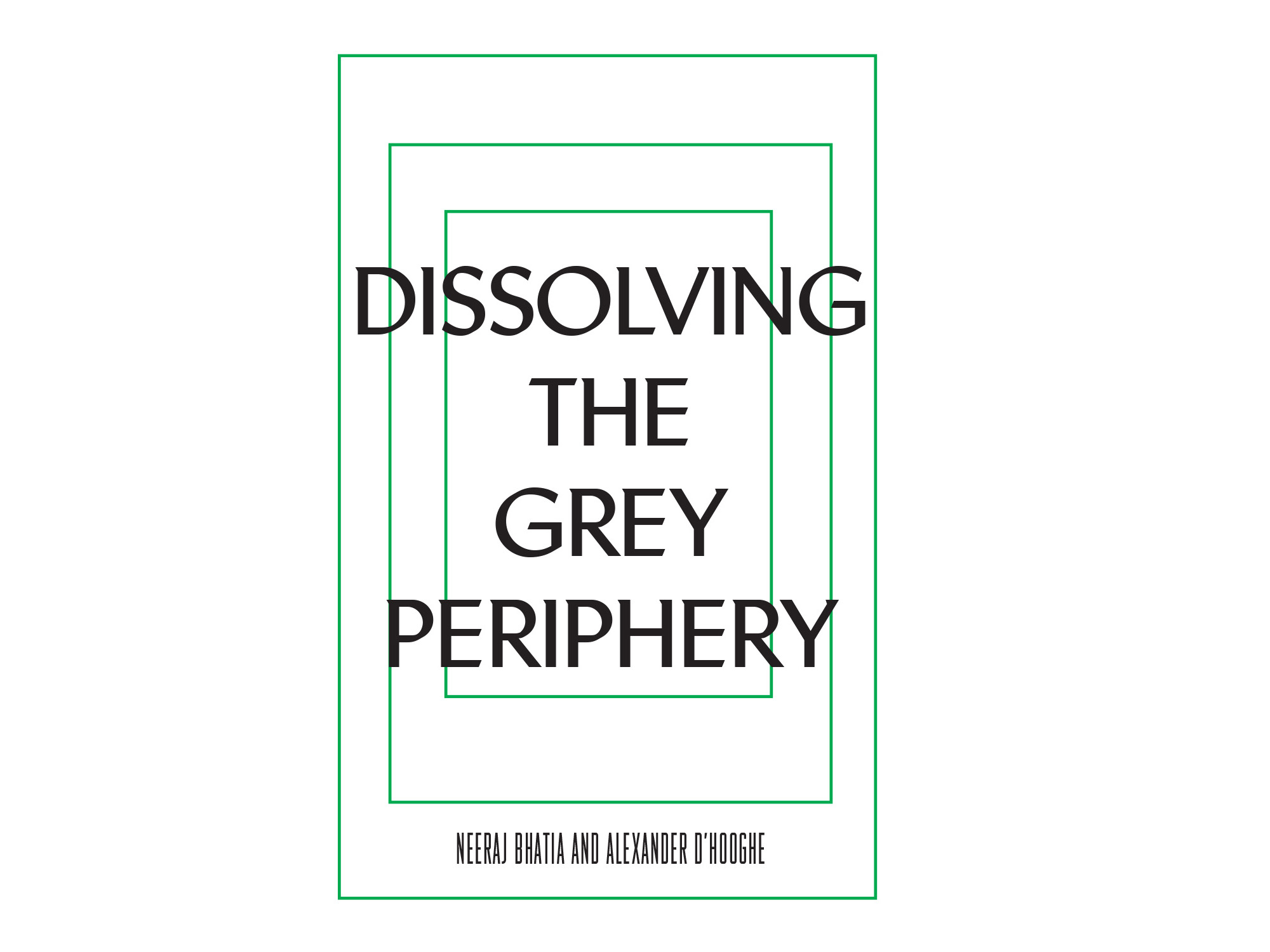Excerpt:
“In their critique of Los Angeles, Allison and Peter Smithson witnessed an emerging territory of urbanization that lacked legibility and differentiation, threatening the civic consciousness of the city. They might say that this spatial condition was grey—an indistinct piece of terrain without difference or limits. Not distinct enough to be deemed a color, grey is often defined as neutral or dull. Its neutralizing effect is evident when it emerges as the synthesis from a stew of various paint colors. Grey is perhaps to the suburban condition as water is to fish. It is neither offensive nor attractive to anyone—it is just there. The Smithsons’ spatial critique is intriguing because it linked legibility of the formal configuration of a city to the identity of the city’s constituents. Simultaneous to the Smithsons’ critique, the artist and architect Andrea Branzi was coming to terms with a mass society without limits, distinction, or hierarchy. The socio-political condition described by Branzi (and hinted at by the Smithsons) framed a new public that we could say was also synthesizing into grey. Branzi’s realization occurred at a moment of evolving identity politics, wherein group identities began to fragment at an accelerated rate into various niche audiences, instigating notions of tolerance and compromise between interest groups. The endless ocean of mass society without centers or limits contained a similar dilemma to the one observed by the Smithsons—the inability to provide identity to a “grey” city and its publics. Yet at this very moment, Los Angeles’s audiences and cultures already began expressing themselves explicitly in the public realm. So, while composed of several competing and often irreconcilable groups, the city public began to realize all the possible differences called for by liberal pluralism and, in the end, only produced a grey synthesis. Is there a manner to transform the notion of grey by staging such irreconcilable values? Starting with the spatial condition of grey, we forecast the socio-political ramifications of a new formal organization in the urbanized field.”

